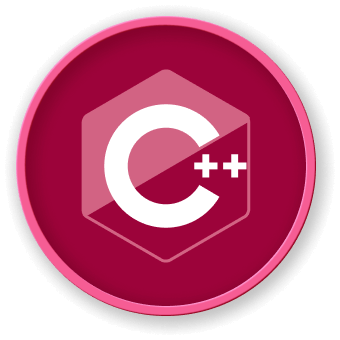Suppression Strategies
Overview of Warning Suppression
Warning suppression involves techniques to control or disable specific compiler warnings when they are not relevant or cannot be easily resolved.
Suppression Methods
graph TD
A[Warning Suppression Strategies] --> B[Compiler Flags]
A --> C[Pragma Directives]
A --> D[Targeted Code Modifications]
A --> E[Inline Suppression]
1. Compiler Flags Suppression
Disabling Specific Warnings
| Flag |
Purpose |
Example |
-Wno- |
Disable specific warning |
-Wno-unused-variable |
-Wno-error= |
Prevent specific warning from becoming an error |
-Wno-error=deprecated-declarations |
Compilation Example
g++ -Wno-unused-variable mycode.cpp -o myprogram
2. Pragma Directives
Inline Warning Control
// Disable specific warning for a block of code
#pragma GCC diagnostic push
#pragma GCC diagnostic ignored "-Wunused-variable"
int x = 5; // No warning generated
#pragma GCC diagnostic pop
3. Compiler-Specific Annotations
Clang and GCC Annotations
// Suppress specific warnings for a function
__attribute__((no_sanitize("undefined")))
void criticalFunction() {
// Code that might trigger warnings
}
// Modern C++ attribute
[[maybe_unused]] int x = 10;
4. Targeted Code Modifications
Addressing Warning Sources
// Instead of suppressing, resolve the underlying issue
void processData(int* ptr) {
// Use nullptr check instead of suppressing pointer-related warnings
if (ptr != nullptr) {
// Process data safely
}
}
Best Practices for Warning Suppression
- Suppress warnings only when absolutely necessary
- Understand the reason behind the warning
- Prefer code modifications over suppression
- Use the most targeted suppression method
Warning Suppression in Different Compilers
graph LR
A[Compiler Warnings] --> B[GCC]
A --> C[Clang]
A --> D[MSVC]
Compiler-Specific Approaches
| Compiler |
Suppression Method |
| GCC |
-Wno- flags |
| Clang |
#pragma clang diagnostic |
| MSVC |
/wd flags |
Considerations with LabEx
When using LabEx's C++ development environment, developers can experiment with different warning suppression techniques in a controlled, interactive setting.
Warning: Use Suppression Wisely
While suppression techniques are powerful, they should be used judiciously. Each suppressed warning potentially masks a real code quality issue.




